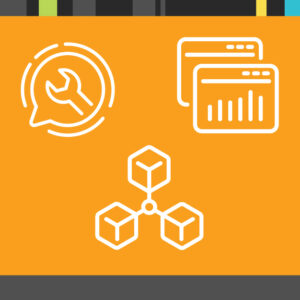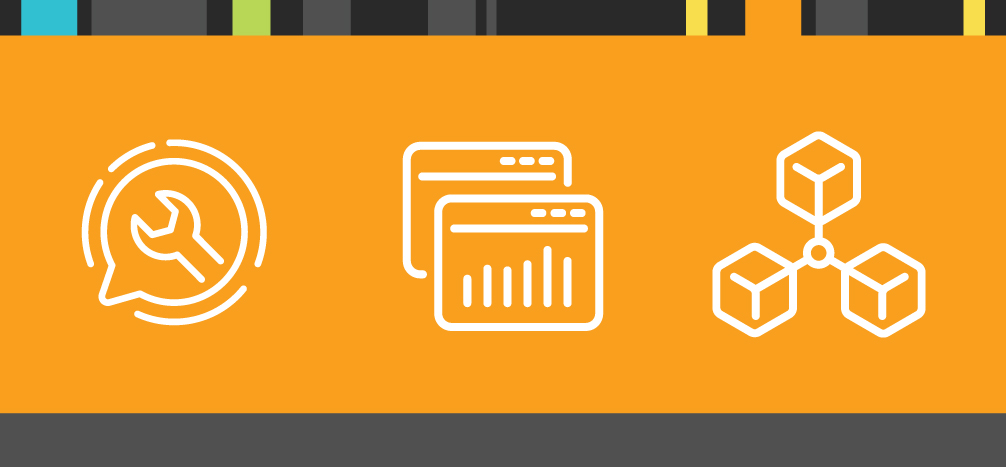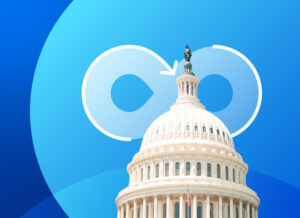Congress set the stage for IT modernization across the federal government by passing the Modernizing Government Technology (MGT) Act, allowing agencies to apply for a loan from the Technology Modernization Fund (TMF) to update their legacy systems.
The theory states, with access to TMF funds, agencies can now improve innovation, enhance efficiencies, and strengthen their security postures.
 While not every agency is keen on the MGT for various reasons (payback is mandatory within five years, and scant few agencies get fund approval), the message is clear: now is the time to modernize. Yet, with so many agencies working with what may be decades-old technology, and funding not as easy to come by as many may have thought, where’s the best place to start?
While not every agency is keen on the MGT for various reasons (payback is mandatory within five years, and scant few agencies get fund approval), the message is clear: now is the time to modernize. Yet, with so many agencies working with what may be decades-old technology, and funding not as easy to come by as many may have thought, where’s the best place to start?
The most effective way to get started on modernization projects without requiring a multi-million dollar investment should focus solidly on three areas:
- Compliance: Agencies should absolutely follow federal guidelines and recommendations, specifically the Cloud Smart initiative, the Data Center Optimization Initiative (DCOI), and NIST’s Security Compliance Framework
- Automation: This will save agencies time and money while enhancing efficiencies
- Slow, steady progress: Agencies should pick and choose modernization projects slowly and purposefully, then continue moving forward incrementally
Compliance
All federal agencies have compliance requirements, such as the Federal Information Security Management Act (FISMA). That said, there are other unrequired, and less well-known initiatives which will nevertheless bring high value to any federal agency on the road toward modernization
Cloud Smart, continuing on the Cloud First initiative introduced nearly 10 years ago, aims to provide guidance for adopting cloud-based solutions. DCOI, another important initiative, is designed to encourage agencies to “optimize and consolidate data centers to deliver better services to the public,” according to the government. Others to consider include the High Value Asset (HVA) Initiative, the US Digital Services Playbook, Federal Source Code Policy, and more, the descriptions and explanations of which can be found on the site of the Federal Chief Information Officer.
Automation
Once these are in motion, automation should be the next area of focus in modernization efforts. There are myriad benefits of automation, from saving time and money to ensuring optimal performance. There are many places throughout an agency infrastructure to implement automation.
One example is automating both network and system configurations. This can help federal IT pros more effectively:
- Meet compliance requirements
- Implement configuration changes quickly and efficiently
- Reduce downtime caused by failed devices
- Save time and increase productivity
Network configuration automation is only one area of opportunity; consider automating workflows, which can have a dramatic effect on freeing up IT staffers’ valuable time. Consider, too, automating mobile device-initiated tasks, if your agency allows this type of interaction.
Progress
Finally, as you modernize, remember to track each improvement, set new baselines, and continue moving forward. This could well be the most difficult task. Agencies can easily get caught up in paperwork, meeting compliance requirements, and other tasks potentially consuming every minute of the day of a federal IT pro.
The MGT Act sets the stage for agencies to move technology forward—saving time, saving money, and increasing efficiency. The key to doing this without relying on outside funding or breaking the agency budget is to create a several-step plan, then implement and closely track progress and results.
Download our SolarWind’s Whitepaper to learn about the future of Government IT Modernization, different IT consolidation efforts across government, and how to enhance your IT consolidation for your agency.







